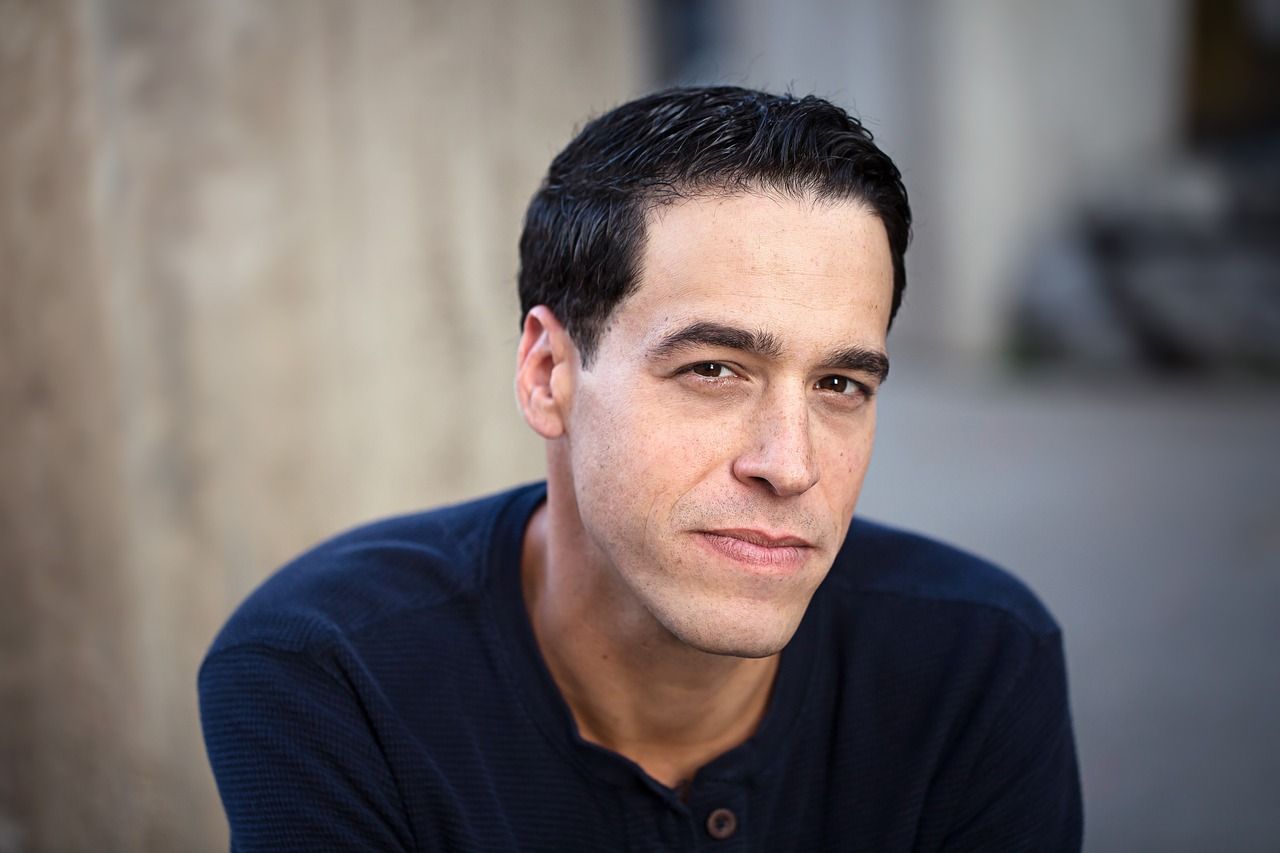Across the country, leaves turn crimson, the air gets crisper and thoughts turn to the end-of-the-year holidays. It can be downright distracting which is why, perhaps, that fall is when the country experiences the largest number of pedestrian fatalities, according to the National Highway Traffic Safety Administration (NTSA).
While adults older than 64 account for the largest number of pedestrian fatalities, children under the age of 16 make up the second largest group. Let’s take a look at three fall events that contribute to the high number of child pedestrian fatalities.
Getting To And From School
Slower speeds in school zones and regulations about passing school busses help keep kids safe when they’re near their schools. However,
One-third of child pedestrian fatalities happen after school
And, they happen between 3 and 7 p.m., according to the American Automobile Association (AAA). Kids are easily distracted, so it’s up to the adult motorist to be mindful and pay attention while driving through neighborhoods, near parks and other places where children tend to congregate.
In fact, slowdown in these areas. “A pedestrian struck by a vehicle traveling at 25 mph is nearly two-thirds less likely to be killed compared to a pedestrian struck by a vehicle traveling just 10 mph faster,” suggests the experts at AAA.
They also caution us to pay attention when vehicles in front of us stop – and don’t shoot past them. They may be stopping to allow pedestrians to cross.
Parents of young children should remind them, consistently, of pedestrian safety rules:
- Always use a crosswalk.
- Look both ways, TWICE, before crossing the street.
- Make eye contact with a driver who stops to allow you to cross. Make sure the driver actually sees you.
- Never chase a ball, pet or anything else into the street.
- Never play in, under or around parked vehicles.
Saving Daylight
There’s more to Daylight Savings than setting your clock back an hour in the fall. Carnegie Mellon University scientists claim that pedestrians are three times more likely to be killed by a vehicle when we “fall behind” in autumn (this year we’ll do that before going to bed on Saturday, November 4).
“The change that’s going to occur [when we set our clocks back] is going to have some pronounced effects on your risks of walking between 5 p.m. and 7 p.m.,” Carnegie Mellon’s Dr. David Gerard said. “Basically, these are the hours when it’s just getting dark. But people walking and people driving won’t have adjusted. The baseline risk for getting killed is almost tripled.”
He goes on to say that
pedestrians are at the highest risk on the evening after we make the switch and remains high for the following two weeks until drivers have adjusted to the reduction in daylight during their evening commute.
Halloween Nightmares
Halloween is a blast for kids but not so much for their parents. Checking the goody bag for tainted candy is just one concern, however.
“Kids have a greater chance of being fatally injured by a car on Halloween than any other day of the year, including the Fourth of July and New Year’s Day,” according to State Farm® Insurance and Sperling’s BestPlaces.
The study reveals that most of the fatalities happened in the middle of a block and to kids age 12 to 15 and they were perpetrated by drivers between the ages of 15 and 25.
The deadliest hours on Halloween? Between 6:00 p.m. and 7:00 p.m.
Halloween is the ideal time to remind younger children of safety rules and for cautioning young drivers to be extra alert. No cellphones, no playing with the radio and keep the passengers in their seats and quiet.
Parents can provide additional protection to their trick-or-treaters by using reflective tape on costumes, shoes and goody bags. Purchase small flashlights or glow sticks for them to carry, providing additional visibility for drivers.
Stay safe out there!
Powered by WPeMatico





